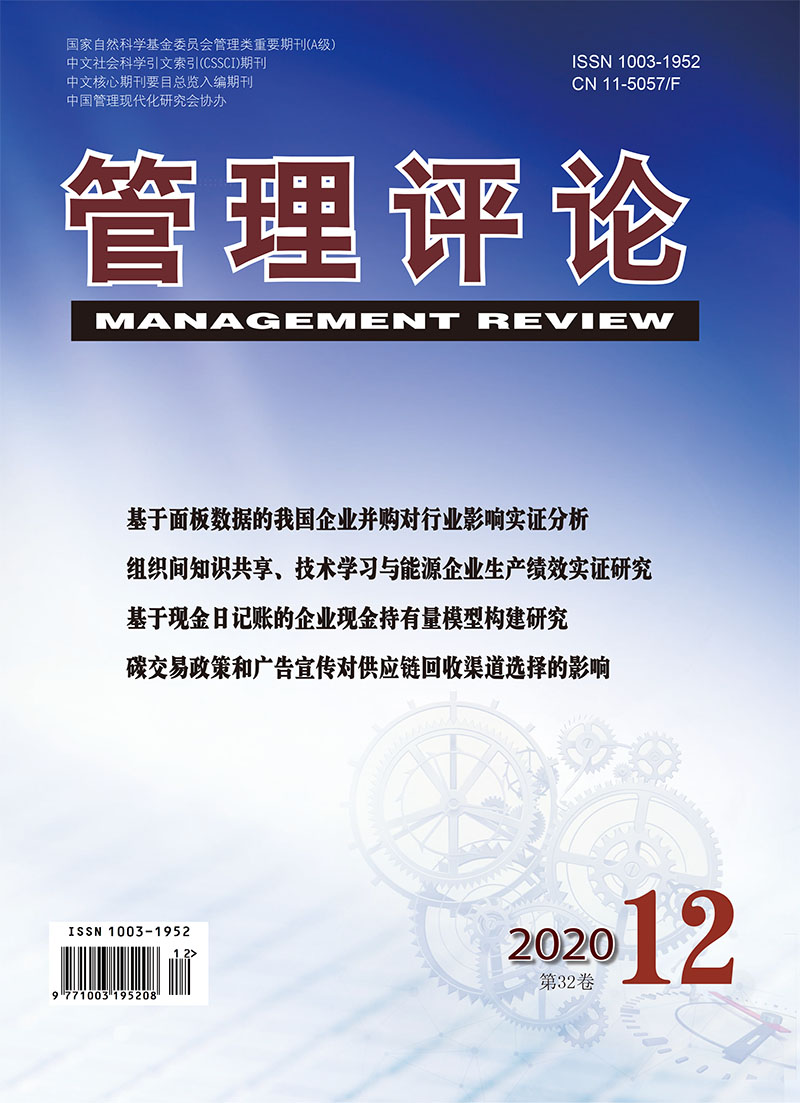|
|
Mixed Ownership Reform: Dividend Payout, Transfer Payments and Social Welfare Effects
Liang Yongfu, Wang Fengsheng, Chen Lin
2020, 32 (12):
37-48.
In a mixed-ownership enterprise, what is the impact of the current dividend payout? Given increasingly fierce international competition, is it necessary to adjust the dividend payout ratio and will such adjustment affect the optimal proportion of state-owned capital and even social welfare? To answer this question, this paper uses mixed oligopoly model to make a comprehensive study on the linkage effects between the dividend payout of mixed ownership enterprise and the fiscal transfer payment system, and explores how they affect the optimal privatization strategy, tax rate and even social welfare. Results show that:(1) there is a clear correlationship between mixed ownership reform and dividend payout of state-owned enterprise. For the state-owned enterprises in a highly competitive industry, the higher the dividend payout is, the lower state-owned capital holdings should be. (2) Mixed ownership reform and fiscal transfer payment system can substitute each other. The lower the transfer payment efficiency is, the lower state-owned capital holdings should be. (3) The rate of dividend payout by state-owned enterprises will affect the total welfare level of the society. The higher rate of dividend payout by state-owned enterprises, the lower the level of social welfare will be, and there is a turning point. (4) The dividend payment system of state-owned enterprises will actually affect social welfare. The higher the dividend payout ratio, the lower the level of social welfare, but there is a turning point in social welfare. The main policy implications of this paper are as follows:Under the current state-owned enterprise dividend-paying system, in industries with a large proportion of state-owned capital and fierce market competition, the government can improve social welfare by improving transfer payment efficiency rather than "simple and reckless" implementation of mixed ownership reform or adjustment of the proportion of dividends payout.
References |
Related Articles |
Metrics
|

